Albendazole Bolus 1.5g for Horses: Powerful Deworming Solution for Equine Parasite Control
Internal parasites are one of the most persistent threats to equine health, performance, and productivity. Horses, whether they’re stabled, pastured, or in competition, are continuously exposed to parasitic infections. The consequences range from poor weight gain and colic to life-threatening complications. Albendazole Bolus 1.5g for horses is a powerful anthelmintic that plays a critical role in parasite control.
This guide explores everything horse owners, breeders, and veterinarians need to know about Albendazole 1.5g, including its indications, dosage, mechanism of action, and clinical support.
What is Albendazole Bolus 1.5g?
Albendazole is a versatile benzimidazole-class dewormer that targets numerous gastrointestinal and respiratory parasites, including:
- Roundworms (nematodes)
- Tapeworms (cestodes)
- Liver flukes (trematodes)
- Lungworms
The 1.5g dosage formulation is specifically calibrated for horses, making it ideal for large equines where lower dosages may prove ineffective.
Key Features
| Feature | Details |
| Active Ingredient | Albendazole 1.5g |
| Drug Class | Benzimidazole Anthelmintic |
| Form | Oral bolus |
| Target Species | Horses |
| Indications | Roundworms, Tapeworms, Liver flukes, Lungworms |
| Administration Route | Oral |
| Frequency | Based on parasite burden and deworming schedule |
Indications: When is Albendazole Bolus 1.5g Used in Horses?
Albendazole 1.5g is used for therapeutic and preventive control of a variety of internal parasites. Indications include:
1. Gastrointestinal Nematodes
Albendazole is effective against:
- Strongylus vulgaris
- Strongylus edentatus
- Cyathostomes
- Parascaris equorum (roundworm)
These worms commonly infect young horses and can cause:
- Poor growth
- Colic
- Anemia
- Diarrhea
2. Tapeworm Infections
- Intestinal obstruction
- Ileal impaction
- Colic
3. Liver Flukes (Fasciola spp.)
In areas where liver fluke is endemic, Albendazole is highly effective in controlling:
- Fasciola hepatica
- Fasciola gigantica
These can cause:
- Chronic liver damage
- Weight loss
- Icterus (jaundice)
- Reduced performance
How Does Albendazole Work?
Albendazole works by binding to the parasite’s microtubules, disrupting:
- Glucose uptake
- Energy metabolism
- Cell division
This leads to paralysis and death of the parasite.
Evidence-Based Findings
Numerous clinical studies and veterinary trials support Albendazole’s effectiveness in horses:
- A controlled field study showed a 95–100% reduction in egg count within 48 hours
- A single oral dose effectively removed tapeworms in 92% of treated horses
- Albendazole demonstrated liver fluke efficacy equal to or better than triclabendazole in equines
These results affirm Albendazole’s role as a trusted, science-backed equine anthelmintic.
Administration Method and Dosing Chart for Albendazole Bolus 1.5g in Horses
Proper administration and accurate dosing are essential to ensure the safety, effectiveness, and long-term success of parasite control with Albendazole Bolus 1.5g. This section outlines how to administer the bolus, correct dosing based on body weight, and best practices for optimal results.
How to Administer Albendazole Bolus 1.5g
Albendazole is administered orally, meaning it should be delivered directly into the horse’s mouth using proper technique.
Step-by-Step Administration Instructions:
- Weigh the Horse Accurately
- Accurate weight ensures correct dosage and avoids under- or overdosing.
- Prepare the Bolus
- Remove the bolus from its packaging with clean hands.
- If needed, lubricate the bolus slightly with water or veterinary-approved gel.
- Use a Balling Gun
- Insert the bolus into a balling gun designed for horses.
- Gently but firmly restrain the horse, ideally with the help of an assistant.
- Insert the gun into the back of the horse’s mouth over the tongue and depress the plunger to release the bolus.
- Ensure the Horse Swallows
- Observe the horse to make sure the bolus is swallowed and not spat out.
- Do not offer feed immediately to avoid regurgitation.
- Post-Administration Monitoring
- Monitor the horse for a few minutes to ensure the bolus was taken successfully.
- Watch for any signs of gagging or distress.
Never crush or split the bolus unless specifically instructed by a veterinarian.
Dosing Chart Based on Horse Weight
- 5 mg/kg for treating roundworms and most nematodes
Recommended Dosage by Weight:
| Horse Weight (kg) | Roundworms (7.5 mg/kg) | Tapeworms/Flukes (10–15 mg/kg) | Number of 1.5g Boluses |
| 300 kg | 2.25 g | 3.0 – 4.5 g | 1.5 – 3 boluses |
| 500 kg | 3.75 g | 5.0 – 7.5 g | 2.5 – 5 boluses |
| 600 kg | 4.5 g | 6.0 – 9.0 g | 3 – 6 boluses |
Note: Always round up to ensure the full therapeutic dose is delivered. For exact dosing in between weights, consult a veterinarian.
Rotation and Combination Strategies
- Rotate Albendazole with other dewormers such as ivermectin, moxidectin, or pyrantel to prevent resistance.
- Avoid using Albendazole continuously as the sole dewormer in long-term programs.
Post-Dosing Care Tips
- Provide clean water immediately after dosing.
- Avoid feeding within 30 minutes before or after dosing to reduce regurgitation risk.
- Monitor feces for worm expulsion within 24–48 hours.
- Isolate newly dewormed horses to reduce pasture contamination.
Key Takeaways
- Always dose based on accurate body weight
- Use a balling gun for proper oral administration
- Never split or crush the bolus
- Follow strategic deworming schedules to reduce resistance
Albendazole Bolus 1.5g is highly effective when used correctly—helping safeguard equine health against a wide spectrum of internal parasites.
Deworming Schedule Using Albendazole
| Age/Condition | Deworming Frequency |
| Foals (under 1 year) | Every 6–8 weeks starting at 2 months old |
| Adult horses | Every 10–12 weeks |
| Pregnant mares | 1 month before foaling |
| High-risk environments | Every 6–8 weeks |
Albendazole should be rotated with ivermectin, fenbendazole, or moxidectin to prevent resistance.
Albendazole for Horses – Handling Precautions and Sensitivities
While Albendazole Bolus 1.5g is widely used and well-tolerated in equine veterinary medicine, proper administration and awareness of its safety profile are essential for avoiding complications. This section outlines important precautions, contraindications, and potential side effects associated with its use in horses.
General Safety Overview
Albendazole is classified as a broad-spectrum anthelmintic, generally safe when administered at the recommended dosage. However, individual animal conditions, reproductive status, and pre-existing illnesses must be considered to ensure safety.
Precautions Before Use
Before administering Albendazole Bolus 1.5g, consider the following:
- Pregnant Mares: Albendazole has been shown to cause embryotoxic effects in early gestation in some species.
- Young Foals: Safety in foals under 2 months of age has not been well established. Consult a veterinarian.
- Liver Dysfunction: Use with caution in horses with pre-existing liver disease, as the drug is metabolized hepatically.
- Dehydrated or Malnourished Horses: Treat nutritional deficiencies before administration for optimal drug efficacy and tolerance.
- Concurrent Medications: Avoid combining with other dewormers unless specifically advised by a veterinarian to prevent drug interactions or overmedication.
Contraindications
Do not use Albendazole Bolus 1.5g in the following situations:
| Condition | Reason |
| First trimester of pregnancy | Risk of embryotoxicity |
| Known hypersensitivity to albendazole | Potential for allergic or adverse reactions |
| Severe liver disease | Impaired metabolism and drug accumulation |
| Underweight or critically ill horses | Higher risk of toxicity or intolerance |
Potential Side Effects
Albendazole is usually well-tolerated, but some horses may experience side effects, especially if overdosed or used incorrectly.
Common and Mild Side Effects (Rare):
- Temporary loss of appetite
- Mild diarrhea
- Salivation or lip smacking
- Slight lethargy
These usually resolve within 24–48 hours without intervention.
Moderate Side Effects (Very Rare):
- Abdominal discomfort
- Increased respiratory rate (due to worm die-off)
- Minor liver enzyme elevation (transient)
Severe or Rare Side Effects:
- Neurological symptoms (e.g., incoordination, tremors)
- Severe diarrhea
- Signs of allergic reaction (swelling, difficulty breathing)
- Miscarriage or embryotoxicity (if used in early pregnancy)
Immediate veterinary attention is required if any of these symptoms occur.
Overdose Risks
An overdose of albendazole may lead to:
- Liver toxicity
- Gastrointestinal disturbances
- Neurological side effects (very rare)
Human and Environmental Safety
- Always wear gloves when handling the bolus.
- Wash hands thoroughly after administration.
- Store unused boluses away from children and animals.
Veterinary Recommendations
Veterinarians prefer Albendazole 1.5g in:
- Endemic areas for liver fluke
- Large horses needing higher dosage per treatment
- Horses with mixed worm infestations
Quote from a vet:
“Albendazole 1.5g is my go-to dewormer when treating tapeworm and liver fluke infections in horses, especially in high-risk pastures.”
Scientific Research – Short Details
Multiple veterinary studies validate the efficacy of Albendazole Bolus 1.5g in equine parasite control:
- A 95–100% reduction in fecal egg counts was observed within 48–72 hours post-treatment in horses infested with gastrointestinal nematodes.
- Albendazole has shown high efficacy against liver flukes (Fasciola spp.) in equines, comparable to triclabendazole.
- Clinical trials confirm its effectiveness in controlling tapeworms, particularly Anoplocephala perfoliata, with minimal side effects.
- Albendazole demonstrated a broad safety margin, with horses tolerating doses up to 2x the recommended level without toxicity.
Commercial Availability
Albendazole 1.5g is available under various veterinary brands. Ensure to:
- Purchase from licensed veterinary sources
- Check manufacturing and expiry date
- Consult a vet before use
Environmental Considerations
- Do not dispose of unused boluses in open fields
- Fecal residues may still contain trace metabolites
- Avoid treating horses near water bodies
Conclusion
Albendazole Bolus 1.5g stands out as a highly effective, broad-spectrum anthelmintic designed to combat a wide variety of internal parasites in horses, including roundworms, tapeworms, liver flukes, and lungworms. With its proven efficacy, ease of oral administration, and wide safety margin, it remains a preferred choice among veterinarians for both treatment and preventive parasite control in equines.When used responsibly—guided by weight-based dosing, regular deworming schedules, and veterinary oversight—Albendazole supports improved digestion, better nutrient absorption, and enhanced performance in horses. Whether you’re managing a competition horse, breeding stock, or working animal, this bolus offers reliable parasite protection to safeguard equine health and productivity.







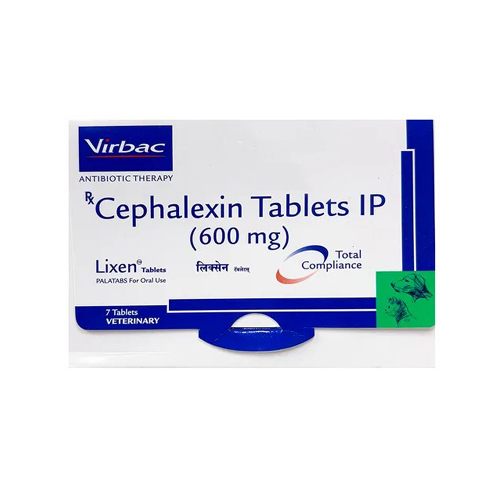
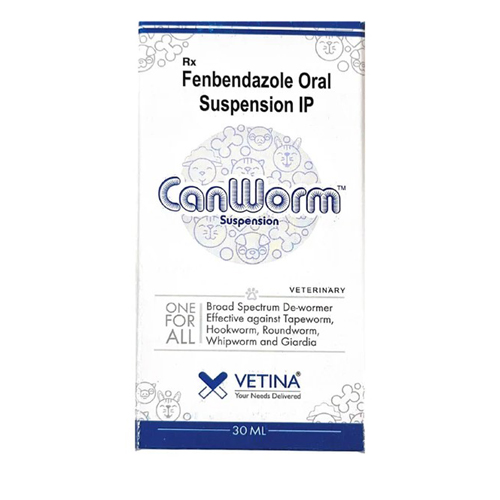



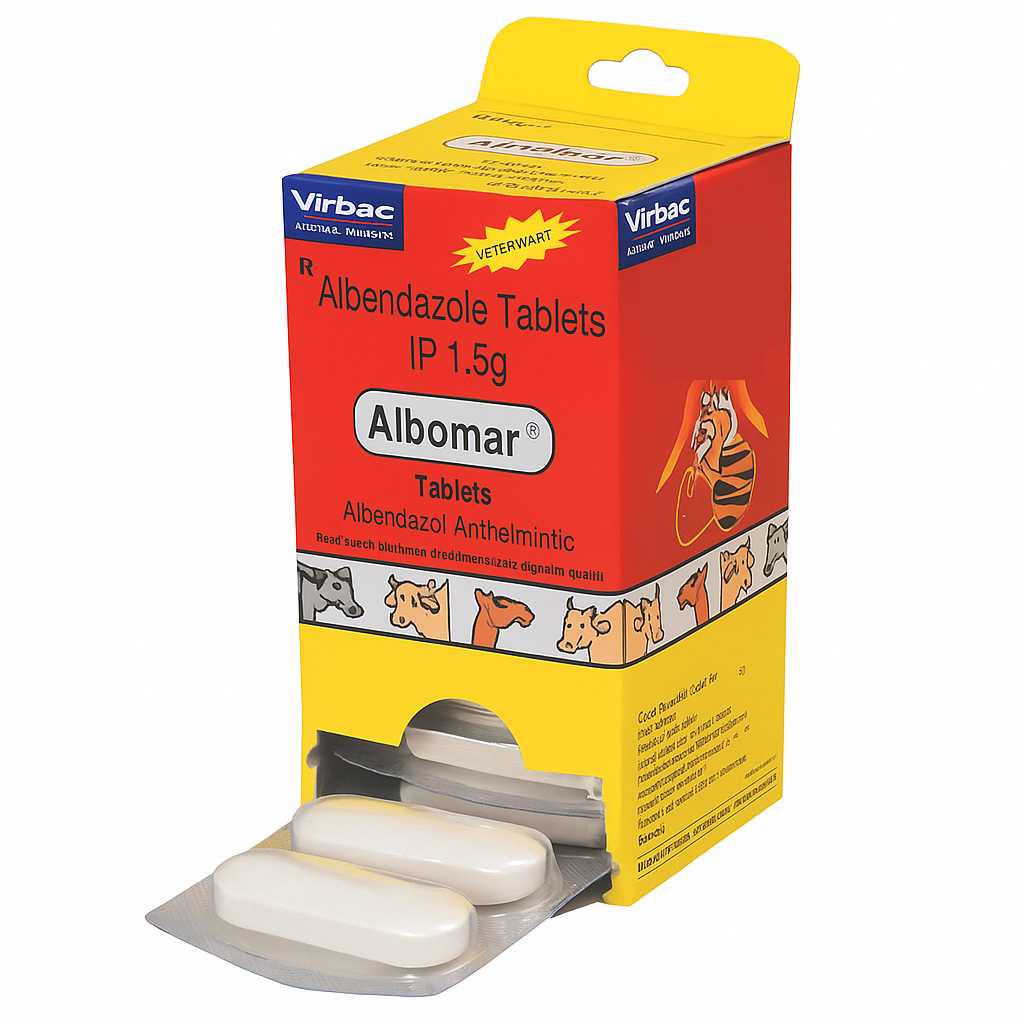
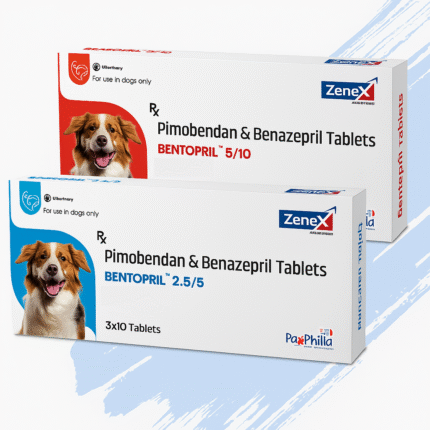
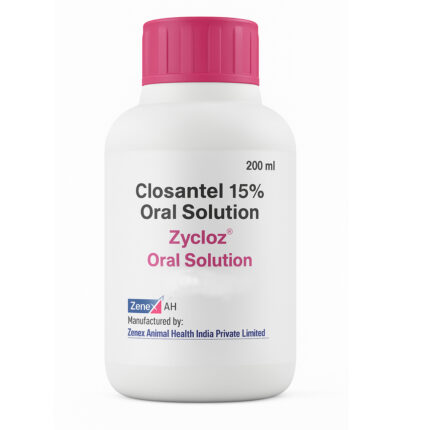
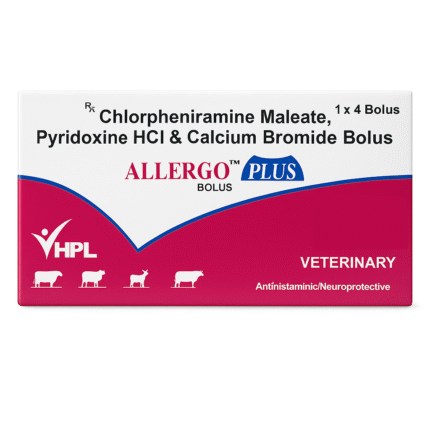
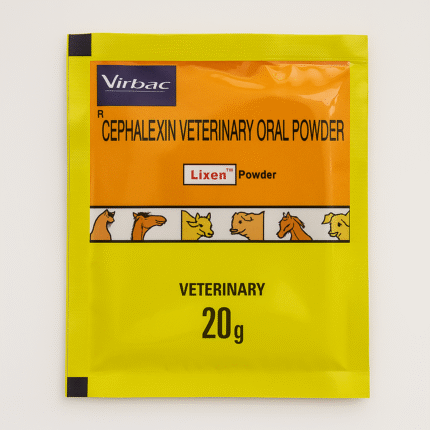
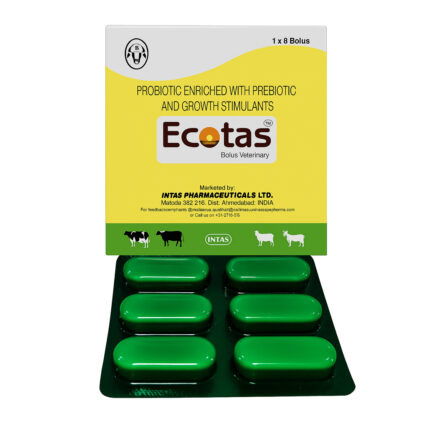
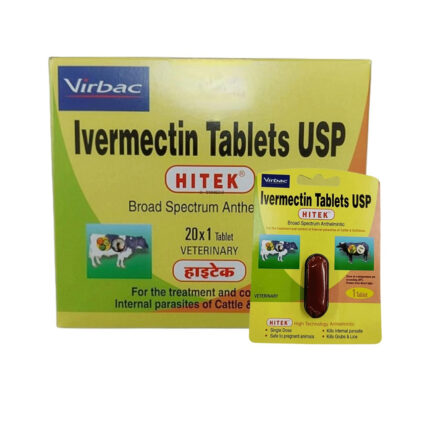
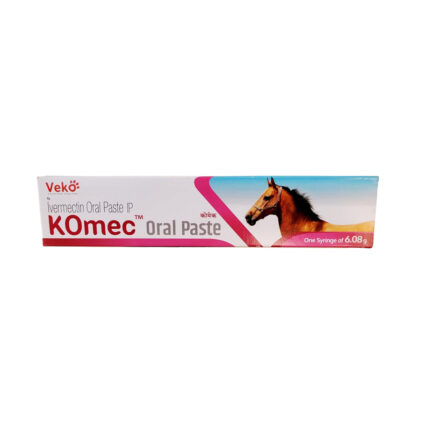
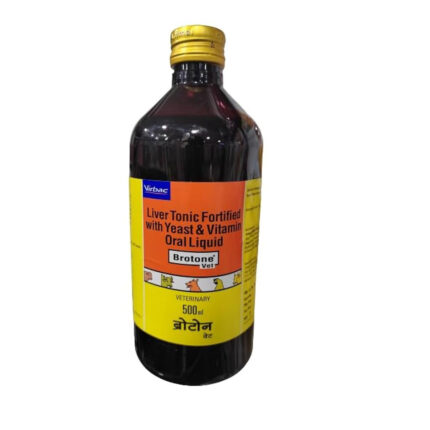
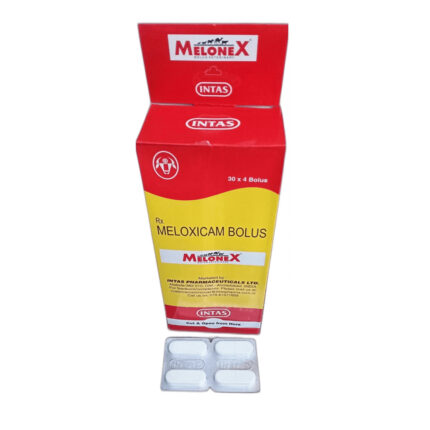
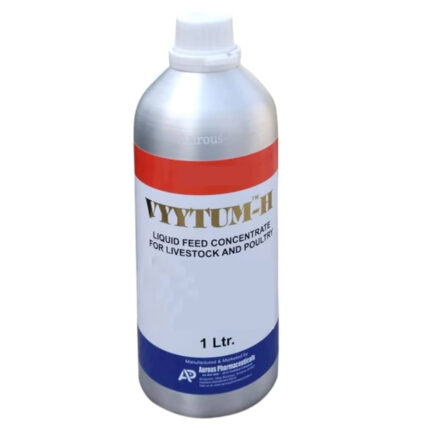
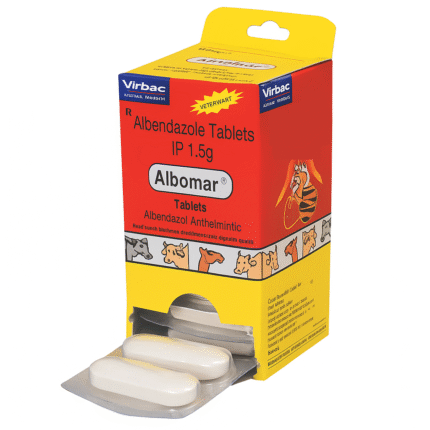
Reviews
There are no reviews yet.